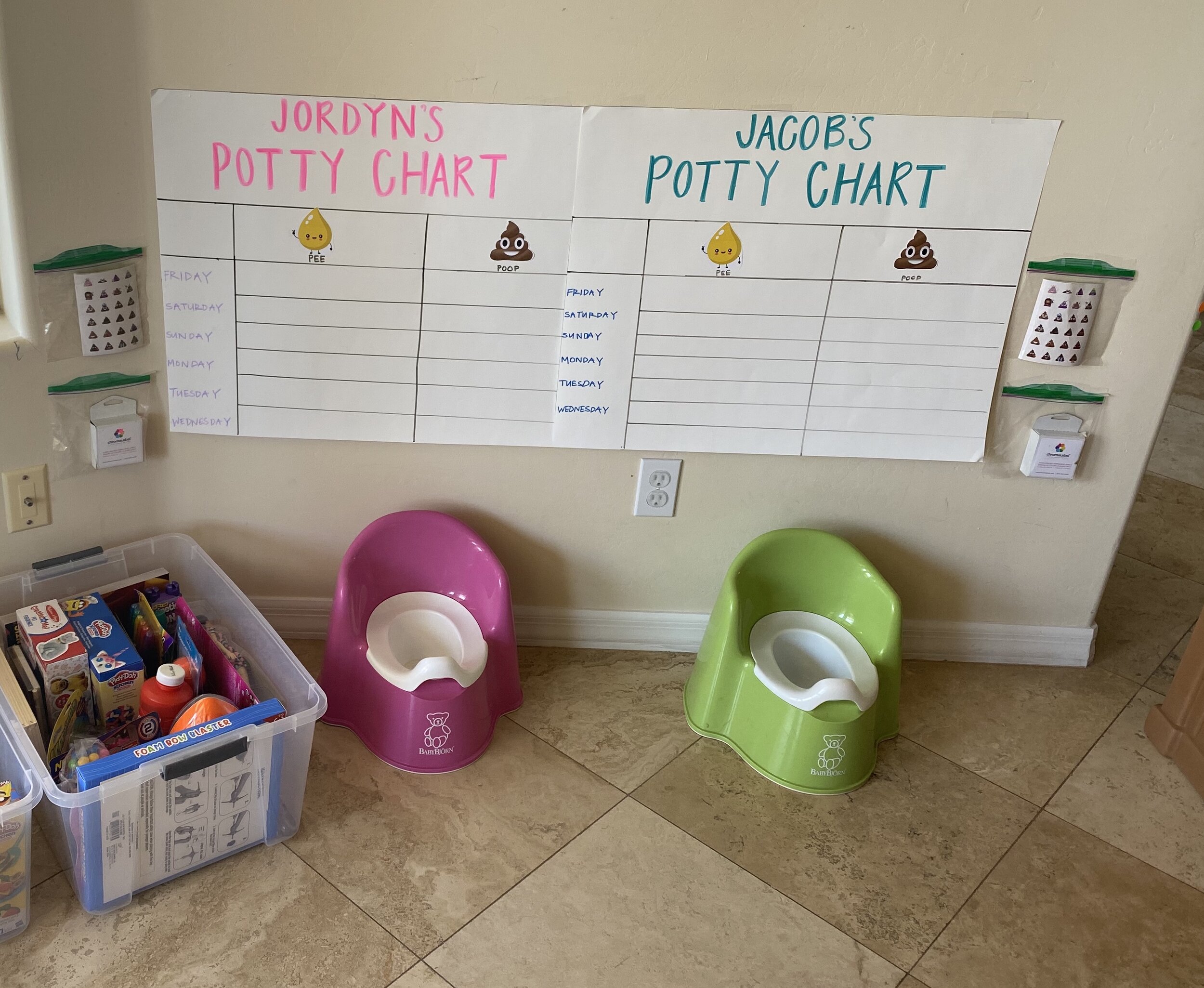Reese Turns 5
My baby is now a little girl…
Reese is my baby of extremes. She has been this way since day 1. When she is happy she is at a 10. When she is upset, she is at 10. There really is no in-between with her. I joke that she came out yelling and hasn’t really stopped. She has an infectious personality and she is the kind of person that others just want to be around. She is funny, like actually funny. Not just the funny toddler because they do weird things but she has an amazing sense of humor. She gets sarcasm and how to time out jokes. She understands when she can get attention by being the funny kid. I actually hold my breathe thinking about her in the teenage years. But nonetheless, she really is hilarious.
For better or worse, we always talk as a family about how the kids were as babies. I can’t quite remember when we started this or why but Harper (my oldest) loves to hear how she was mellow, easy and a chill baby. Typical first born, wanting to please. And Reese loves to hear how she was difficult, cried a lot, spit up all the time, etc. Typical second born, bucking the system. Reese was gifted to us, to humble us as parents, to teach us to be flexible, and to shake up our rigid type-A family. I have joked, “when Reese was born, we thought maybe we got a lemon!” But man, we love that lemon now. Honestly, Reese is something very special. It is hard to pinpoint exactly what it is but when you see her, you smile. Not just because she is cute (because she is that too) but because she has an unforgettable charismatic vibe that draws you in.
Reese has taught me so much over these 5 years and I want to share a few things (5 to be exact)…
Flexibility:
So you are telling me that you have more than 1 child and what worked for the first doesn’t work for the second? This was beyond hard for me. I had it all figured out with Harper and then along came Reese and I felt like I knew nothing. Or maybe it is more accurate to say, I felt like I was starting all over again in the parenting world. And to some degree, I was. Some say adding a second is easy, but for me, it felt like becoming a mom again for the first time. Now, I did know more than the first time around. For instance, I knew she wasn’t as breakable as I felt with my first but I also didn’t know anything about her. And I didn’t give myself grace to take the time to learn it. I was hard on myself. Why did she cry so much? What am I doing wrong? Reese had terrible reflux, trouble eating, a cry that could pierce your ear drum, and was wide awake. No sleepy newborn here! Breast feeding was a challenge (read my blog post “am I failing?” For more on this) and I was emotional to say the least. Reese taught me to shut out the noise, follow my gut, and tap into my confidence as a Mom. I had great intuition but I needed Reese to show me that I should follow it. To not worry what other parents were doing or not doing, to not focus on the other babies around, but instead to listen to my inner voice and focus on what is right for me, my family, for us. She still does this for me. She pushes me to act and parent in the way that feels right for me. I am sure I am making mistakes, but I am confidently making them my way. Reese dances like no one is watching (seriously) and she is teaching me to parent in the same way…
Home = Security…
Upon first glance, you would think Reese would want to be out and about all the time. However, she actually is happiest at home… chilling. She is social, yet, she loves to regroup and reset at home. She is just as happy playing games at home as she is going to a jump park. This took me a while to understand because she is so social (and so am I). But she is also a homebody. She has taught me the beauty of being home. Feeling the safest when we are all together hanging out, watching a movie or playing a game. For how energetic she can be, she really reminds me to see the beauty in relaxing at home. Being present in what we already have. Slowing down and not needing to pack in every minute of every day with activities. I love how she loves to just be with us. She is pretty mindful for a 5 year old and I envy that…
Brave…
Reese is my jump in kid. You can always find her trying to play with the older kids, chasing them around, following after her sister to do anything she is doing. She rarely hesitates and jumps right in. This to me is very brave. I think in my older age, I am much more aware of others and wondering what they may think. I tend to overthink and replay scenarios in my head. Then I watch Reese, leaping to join whatever group she thinks looks fun. Dancing & singing always like no one is watching. It is common for her to break out in questionable dance moves for a toddler or sing loudly “this girl is on fire!!!” And of course making everyone around her giggle and smile. I wish I was more like this— follow my gut, jump in, stop overthinking. I hope this part of her always stays. I hope her confidence and braveness continues to shine as inevitably she becomes more jaded and self aware with age, like we all do…
Pivoting
Reese has taught me how to pivot. Honestly, she has forced me to pivot, to bend, to be flexible. She has taught me the beauty of breaking the rules, bending when it is needed, and to know there is always a plan b or c or even d for that matter. Things do not always go as planned. And quite frankly, with kids, they rarely do. This has derailed me in the past. Rattled me to the core. I wish I could say confidently that I now am cool as a cucumber and roll with change. This is not the reality, but I have gotten better. Reese has taught me to be better at this. To know that, even when we must pivot, we will be okay. And not just okay, but maybe even better. A lot didn’t go as planned with Reese from the get go. I actually went into labor with her early, I had massive feeding issues with her and moved to formula quickly, she had a hemangioma (strawberry birthmark) smack in the middle of her forehead, we had to pivot and change preschools not once but twice, and the list could go on. Of course, I have had to pivot with both kids but my Reese, she makes pivoting look easy or at least she adapts so quickly. She doesn’t need as much advanced notice on our plans, she is content with an outing or being home, she truly rolls with the punches & she is the perfect shake up we needed…
Space in my heart…
When you have your first child, it is almost impossible to imagine you have enough room in your heart to love anything the same as your first baby. But you do have room. You have plenty of room. I remember, envisioning Reese when she was in my belly and I saw a little Harper (my first) or a child that looked similar. However, out came Reese, with dimples like mine & very strong Keller (my maidan name) features. I had a c-section with her so Josh saw her first and said, “she has dimples!” And I was so surprised! Is she going to look like me? (my first looks so much like her dad!). And then they put her on my chest and sure enough, I saw it too, I actually thought and said, “she looks just like Uncle Matt!” (my brother). And right there, on the table, I feel in love all over again. Just as hard, just as fast. Now, I always say, some of the best advice I ever received being a mom in those early days was “you love her, but you don’t like her yet, because you don’t know her.” And that was very true with both of my kids. Remember, I am the gal who doesn’t do well with the pivots. So time and learning formed the like but the love, there is room for so much love…
To my baby, my Reese, our moose. Happiest of the birthdays to you, my tiny but mighty, my baby of extremes, my mini me, my Reesie! We love you!























